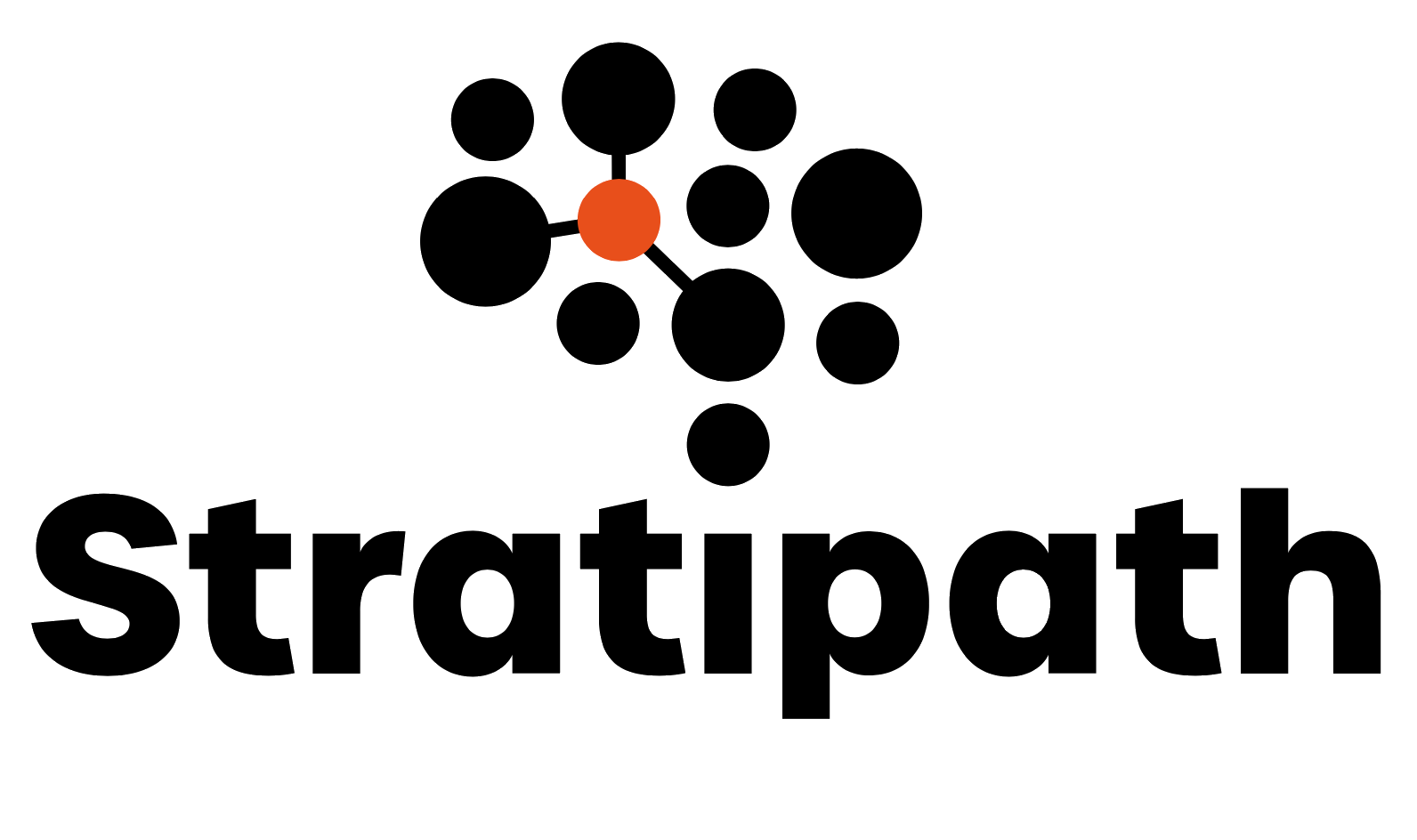ACROBAT¶
Welcome to the AutomatiC Registration Of Breast cAncer Tissue (ACROBAT) challenge website! The ACROBAT challenge will be held at MICCAI 2023. We are looking forward to your contribution and hope to see you in Vancouver!
Overview¶
The ACROBAT challenge aims to advance the development of whole-slide-image (WSI) registration algorithms that can align WSIs of breast cancer tissue sections that were stained with immunohistochemistry (IHC) to corresponding tissue regions that were stained with haematoxylin and eosin (H&E). In order to evaluate usefulness of developed methods on real-world data, all slides in this challenge originate from routine diagnostic workflows.
Sponsors¶
If you are interested in sponsoring prizes for this challenge, please reach out to us.
Motivation¶
Registration across multiple stains can be an enabling technology both for research and diagnostics. There are e.g. several studies [1]–[4] that use IHC as a local label to train subsequent models to predict from H&E WSIs. In diagnostic settings, it may be interesting to overlay WSIs of differently stained tissue to investigate patterns of correspondence and divergence between stains and to evaluate e.g. intra-tumor heterogeneity. Unfortunately, WSI registration is particularly challenging due to the gigapixel scale of these images. Furthermore, a few micrometers thin tissue sections easily deform during sample preparation and it is possible that parts of the tissue in WSIs of the same sample are not contained in other WSIs of that same sample, particularly if sections are not consecutive. The appearance of tissue can also differ considerably depending on the stain.
Multi-stain WSI registration is therefore an active field of research and has previously been addressed in the ANHIR[5] challenge, which has led to the publication of algorithms and code for several registration methods. However, it is unclear how the competing and other current WSI registration methods would perform on a real-world data set from routine clinical workflows, where artifacts such as glass cracks, pen marks or air bubbles are common. Furthermore, the broad application of registration algorithms requires solutions that do not rely on a large number of manually generated paired landmarks for algorithm tuning but that can be optimized only with matched images.
We therefore aim to release a data set for the ACROBAT challenge that originates from routine diagnostics to assess real-world applicability. All WSIs in the challenge originate from surgical resection specimens of female primary breast cancer patients. The training data set will contain WSIs from 750 cases, with one H&E WSI per case and up to four IHC WSIs out of four routine diagnostic stains (H&E, ER, PR, HER2, KI67). Algorithms can be tuned with a validation data set with 100 cases and evaluated with a test set consisting of 300 cases. Validation and test set consist of image pairs between one H&E WSI and one matched IHC WSI.
We hope that the ACROBAT challenge can contribute to the development and publication of robust registration tools that can be an enabling technology for future research and diagnostics.
TLDR¶
Objective: Evaluation of algorithms that register IHC to H&E WSIs.
Data: 750 cases with 1 H&E and 1-4 matched IHC (ER, PGR, HER2, KI67) WSIs for algorithm development, 100 cases for validation, 300 cases for testing. For validation, test data, only 1 H&E and 1 IHC WSI. Cases are primary breast cancer patients. All WSIs originate from routine diagnostic workflows.
Evaluation: Register landmarks from moving to target image. Distances between landmarks will be computed. Submissions are ranked on the median of the 90th percentiles of distances per image pair.
To submit: Registered landmarks and a description of the algorithm. Submissions without algorithm description will not be counted. Eligibility for extra prizes if code of method is also published.
References¶
[1] W. Bulten et al., “Epithelium segmentation using deep learning in H&E-stained prostate specimens with immunohistochemistry as reference standard,” Sci. Rep., vol. 9, no. 1, p. 864, Jan. 2019.
[2] D. Tellez et al., “Whole-Slide Mitosis Detection in H&E Breast Histology Using PHH3 as a Reference to Train Distilled Stain-Invariant Convolutional Networks,” IEEE Trans. Med. Imaging, Mar. 2018.
[3] P. Gamble et al., “Determining breast cancer biomarker status and associated morphological features using deep learning,” Communications Medicine, vol. 1, no. 1, pp. 1–12, Jul. 2021.
[4] M. Valkonen et al., “Cytokeratin-Supervised Deep Learning for Automatic Recognition of Epithelial Cells in Breast Cancers Stained for ER, PR, and Ki-67,” IEEE Trans. Med. Imaging, vol. 39, no. 2, pp. 534–542, Feb. 2020.
[5] J. Borovec et al., “ANHIR: Automatic Non-Rigid Histological Image Registration Challenge,” IEEE Trans. Med. Imaging, vol. 39, no. 10, pp. 3042–3052, Oct. 2020.


